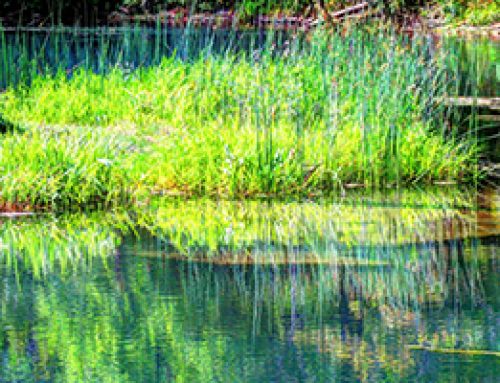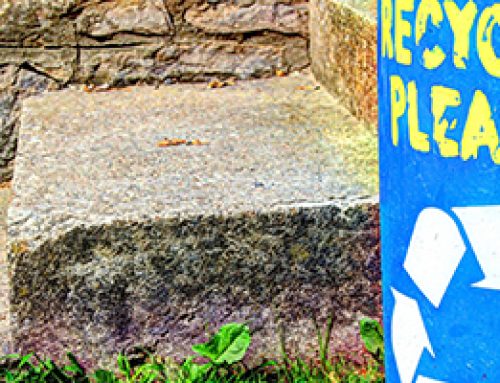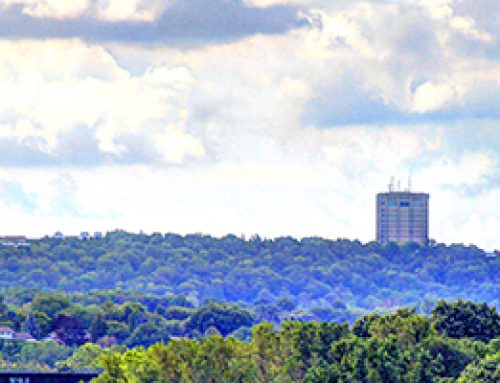Agriculture
Niagara Farm Facts, cited on the Niagara Region website include:
Total Gross Farm Receipts $511,395,019
Total number of census farms 2266
Area in Farms 232,817 acres
Average Farm Size 115 acres
Land in Crops 181,064 acres
Source: Niagara Region
Retrieved From: http://www.niagararegion.ca/government/initiatives/lfap/farmfacts.aspx
Niagara Agricultural Policy and Action Committee
The Niagara Region Agricultural Policy and Action Committee released a value-added agriculture policy, which is referenced in the Land Use Planning measure within this Indicator.
The Committee is also a leader in the Golden Horseshoe (GH) Food and Farming Alliance, which demonstrates the socio-economic value of the $35 billion agri-food cluster based within the GH. The densely-populated GH area, stretching from Niagara to Hamilton, the GTA and the Holland Marsh includes over 1 million acres of farmland.
“Food can play a powerful role in promoting health as well as building strong communities, protecting the environment and strengthening the economy. That is why food is such an effective vehicle to connect people to one another, to their neighbours and their cities.” – Dr. David McKeown, Medical Officer of Health, City of Toronto, May 2010
Source: Golden Horseshoe Food and Farming Alliance
Retrieved From: http://www.foodandfarming.ca/food-and-farming-action-plan/
Farm & Food Care is a Guelph-based organization launched in January, 2012, and created from the amalgamation of the Ontario Farm Animal Council (OFAC) and Agricultural Groups Concerned about Resources and the Environment (AGCare). Both groups were formed in 1988 as non-profit, agricultural education coalitions representing Ontario’s livestock and crop farmers and associated organizations. Farm & Food Care is a coalition that brings together tens of thousands of livestock, crop and horticulture farmers and related businesses with a mandate to provide credible information on food and farming in Ontario.
This coalition produces The Real Dirt on Farming II, a document that provides Canadian farmers’ collective answers to common questions about agriculture, food safety, local food, agriculture and the environment, animal welfare, and the role of science in producing our food. An evidence-based, Canadian context approach addresses commonly-held ‘urban myths’ about agriculture and food production.
Across Canada, a voluntary program called the Environmental Farm Plan is helping farmers audit their operations for environmental concerns and set goals and timetables for improvements. In Ontario, about 70 per cent of farmers have participated in the Environmental Farm Plan program, and have invested over $600 million in on-farm environmental improvements over the 20 years period between 1990 and 2010.
Source: Farm and Food Care
Retrieved From: http://www.niagaraknowledgeexchange.com/wp-content/uploads/sites/2/2014/05/Dirt_on_Farming_2.pdf
Feeding 9 Billion is a project based at the University of Guelph that provides evidence about issues around: what conditions, scientific advances, local food, and improved distribution solutions can and should play a role in feeding the nine billion people who will soon call this planet home. It looks at: population growth and changing diets; growing global demand for food; climate change; dwindling water supplies; high energy prices and how these factors relate to the prospect that food will become more difficult and more expensive to produce.
Source: feedingninebillion.com
Retrieved From: http://www.niagaraknowledgeexchange.com/resources-publications/feeding-9-billion/
Greenbelt Plan
The Ontario Greenbelt Act and Plan, 2005, protects 1.8 million acres of land in Ontario’s Golden Horseshoe area. It permanently protects about 100,000 acres of Niagara Peninsula tender fruit and grape specialty crop areas and the entire Holland Marsh specialty crop area of over 15,000 acres, located in York Region and Simcoe County.
Source: Ontario Ministry of Municipal Affairs and Housing
Retrieved From: http://www.mah.gov.on.ca/Page5895.aspx#
Niagara Region Greenbelt Review
This Summary Report compiles the views, thoughts and perspectives of Niagara citizens, expressed during a process to gather their input, in preparation for the 10-year Greenbelt review in 2015. The report includes Greenbelt Plan Benefits, Obstacles and Challenges, Opportunities for Change, Greatest Opportunities to Effect Change and Next Steps. Proposed changes to the Greenbelt Plan are included, such as:
Recognizing that the microclimate and soil conditions create an irreplaceable resource in Niagara, prioritize agricultural viability as an objective over other Greenbelt objectives for lands within the Niagara Peninsula Tender Fruit and Grape Area.
Source: Niagara Region
Retrieved From: http://www.niagaraknowledgeexchange.com/resources-publications/niagara-regions-greenbelt-plan-review-summary-report/
Green Space
The Niagara Region of Ontario covers 1,852 square kilometers, and is located between Lake Ontario to the north and Lake Erie to the south, the Niagara River to the east and the City of Hamilton and Haldimand County to the west.
Niagara has a total population of 431,346 (2011 Census), with a 0.9 growth rate in population between 2006 and 2011, compared to the average Ontario growth rate of 1.0. There is a population density in Niagara of 232.9 people per square kilometer; this is less dense than Ontario’s overall population density of 14.1 people per square kilometer.
Among the 12 local municipalities in the region there is an urban-rural mix, with St. Catharines and Niagara Falls being the two largest urban areas, and Wainfleet and West Lincoln being primarily rural.
Source: Regional Municipality of Niagara; and Ontario Minister of Finance
Retrieved From: www.niagararegion.ca and http://www.fin.gov.on.ca/en/economy/ecupdates/factsheet.html
2013 Ontario FIR Statistics for Trails and Open Spaces in Niagara’s Local Municipalities
The annual Financial Information Return (FIR) is available for viewing/downloading form the Ontario Ministry of Municipal Affairs and Housing (MAH) website. The FIR is the main data collection tool used by the MAH to collect financial and statistical information on Municipalities, and is a standard document comprised of a number of Schedules which are updated each year to comply with current legislation and reporting requirements.
The FIR information shows that in total in 2013* for all 12 of the local municipalities in Niagara, there are:
- 322 Kilometers of trails
- 1,812 Hectares of open space
- 1,199,444 square meters of outdoor recreation facility space
- 177,177 square meters of indoor recreation facilities
Note: the above, and related information can be found in the Recreation and Sports Sector of the Living in Niagara-2014 report, within the “Facilities and Participation” Indicator
Source: Ontario Ministry of Municipal Affairs and Housing (MAH) Financial Information Reports (FIR2013) files (*includes 2012 figures for Port Colborne and Grimsby)
Retrieved From: http://www.niagaraknowledgeexchange.com/wp-content/uploads/sites/2/2014/11/2014-10-31-LIN-2014-Rec-Sports-FIR-2013-Stats-Loc-Niagara-Municipalities_FINAL.pdf
Land Use Planning
The Municipal Performance Measurement Program (MPMP) program is a performance measurement and reporting system introduced in 2000 by the Ministry of Municipal Affairs and Housing (MMAH). The following statistics compare Niagara Region results to the Ontario Municipal Benchmarking Initiative (OMBI) median.
2013 Municipal Performance Measurement Program (MPMP) Results

Source: Municipal Performance Measurement Program (MPMP) Results, Niagara, 2013
Retrieved From: http://www.niagararegion.ca/government/pdf/MPMP-2013.pdf
The Niagara Region Review of Land Use Policy and Related Implementation Measures Regarding Agricultural Value Added Activities, released September, 2009 provides recommendations to support establishment of “agricultural value added activities” in Niagara. These recommendations were developed by considering how the land use planning process in Niagara can identify and encourage such value added activities, to support sustainability of the agriculture sector in Niagara.
Source: Niagara Region
Retrieved From: http://www.niagararegion.ca/living/ap/pdf/ValueAddedFinalReport.pdf








